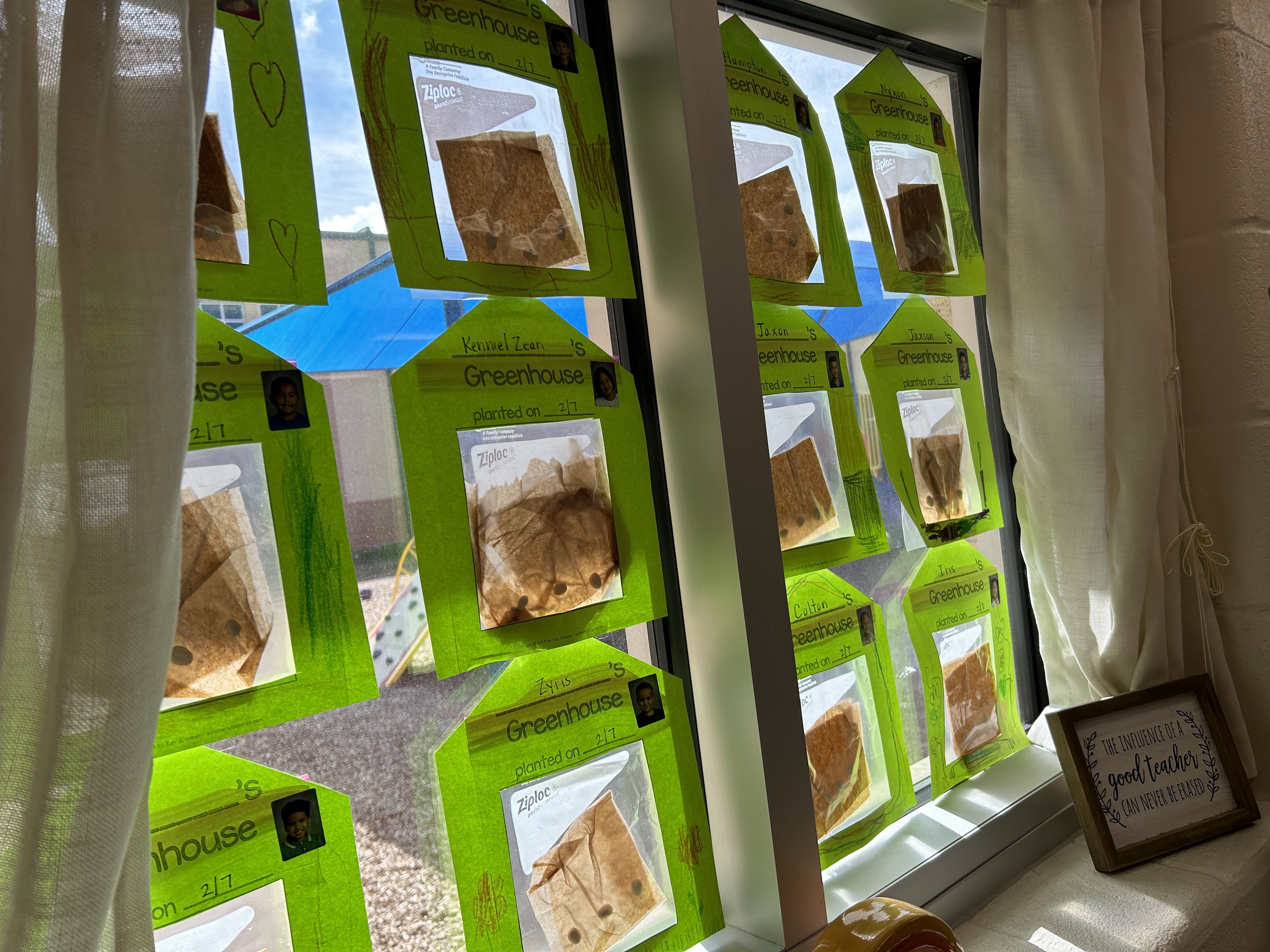One of my favorite science units to teach in kindergarten is our unit on Living and Non-Living! We spend a few weeks building our knowledge around what makes an object living or non-living then explore the differences between needs and wants.
What's more, this unit is a wonderful opportunity to expose students to non-fiction texts if they haven't learned about them already. I highly recommend digging through your school's library for some NF texts on living and nonliving things to have students read and explore. Epic Books and Pebble Go are other great virtual resources as well!
Week 1: What is Living/Non-Living
This introductory week allows students to develop a strong understanding of what makes an object living or non-living. They will use key vocabulary to describe objects (tying in their vocabulary from a previous unit on attributes/properties) and sort them based on what makes them living or not.
Week 2: Needs of Living Things: Animals & Plants
This week students build on their understandings and focus on living things as plants and animals. Students begin to identify the certain "needs" of living things and how they require these things to survive. This is a great opportunity to discuss needs vs wants...which ends up being a bonus discussion about accepting no.
I really enjoy using this resource from Kindergarten Creations. It has a lot of great visuals for this unit and for the student work pages, I size my copies down so students can glue their work/thinking into their science journals.
And who doesn't love a good Cookie Monster moment?? This is a fun video to share with students to drive concepts home about the basic needs of living things.
Week 3: Seed Sprouting Lab
In this week our class begins to apply what they've learned to a lab where they sprout a lima bean seed!
This ends up being my favorite week because students get the opportunity to sprout their own seeds and observe the beginning of a plant life cycle! In our class, we use lima beans (nice connection to our read-aloud A Bad Case of Stripes) and place them inside Ziplocs. You can use any type of bean (I've used some pinto beans from my sensory bins before!) as they all begin sprouting relatively quickly. I found this cute greenhouse cover where students write their names and decorate them. Afterward, I tape them up to our window and the watching begins!
It ends up taking a week or so before students can begin to see changes in their seeds. I place 3 inside their greenhouses to give them a greater chance of sprouting something.
Pick up this FREEBIE over at my TpT store so your students can begin sprouting their own seeds in a classroom greenhouse!




